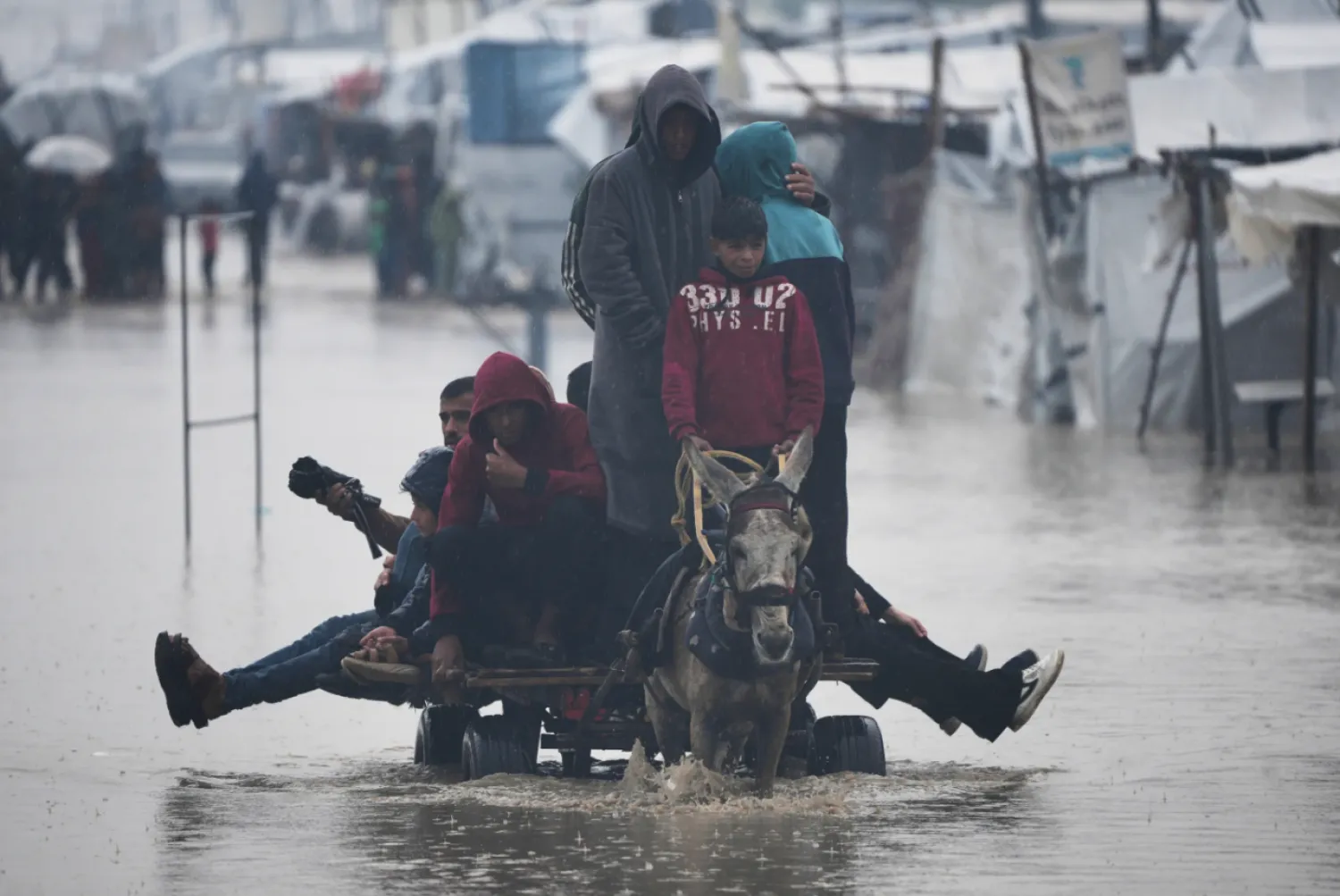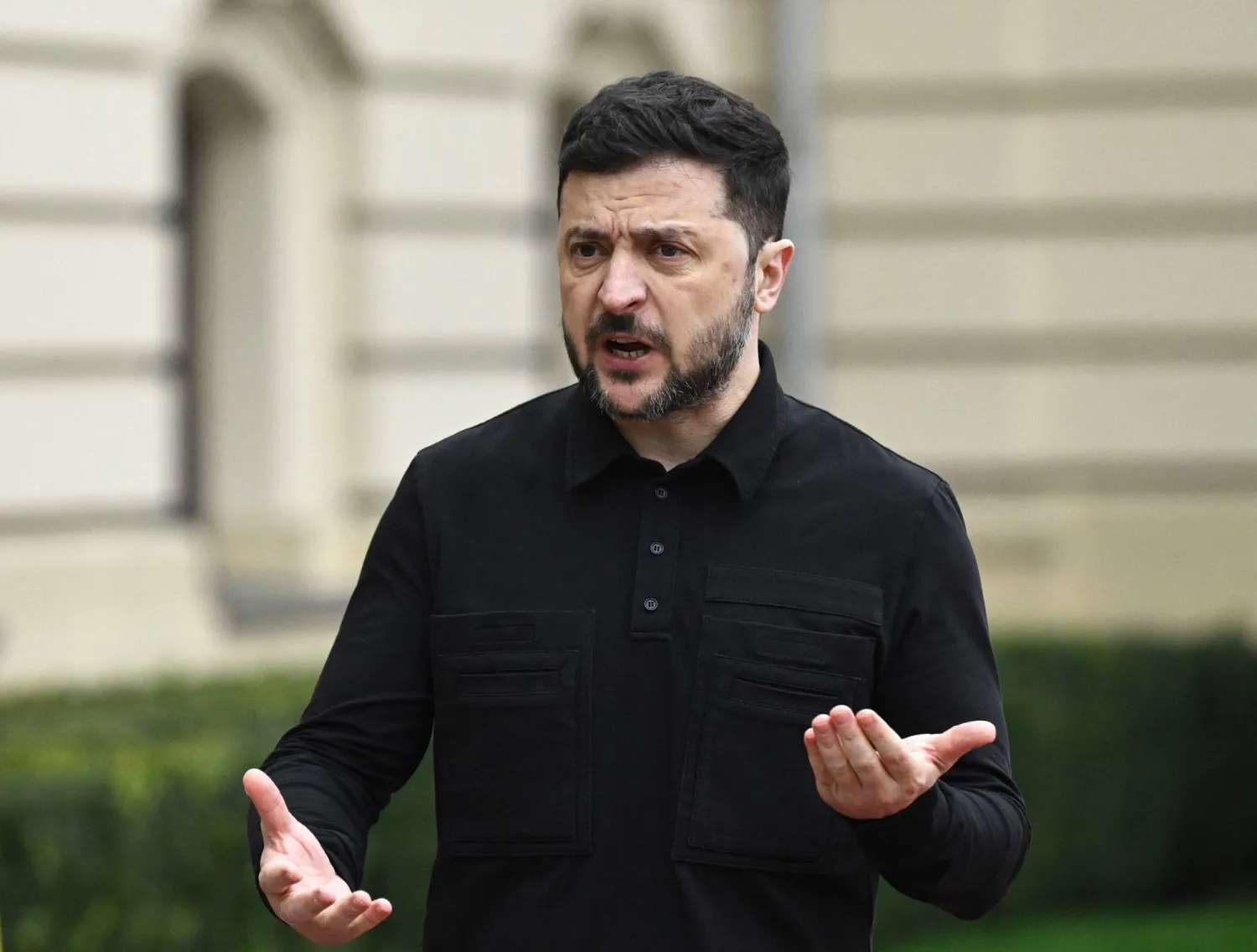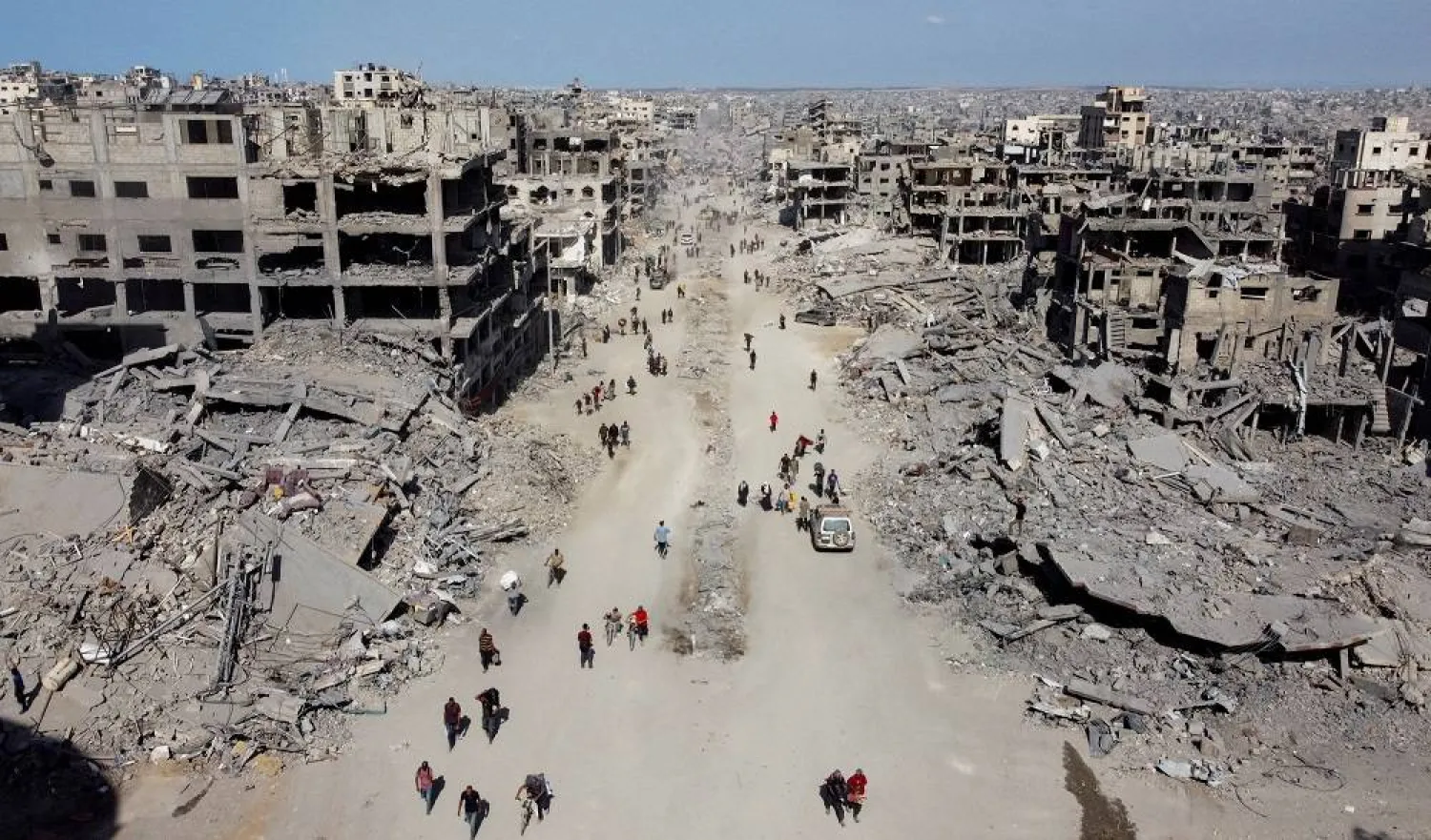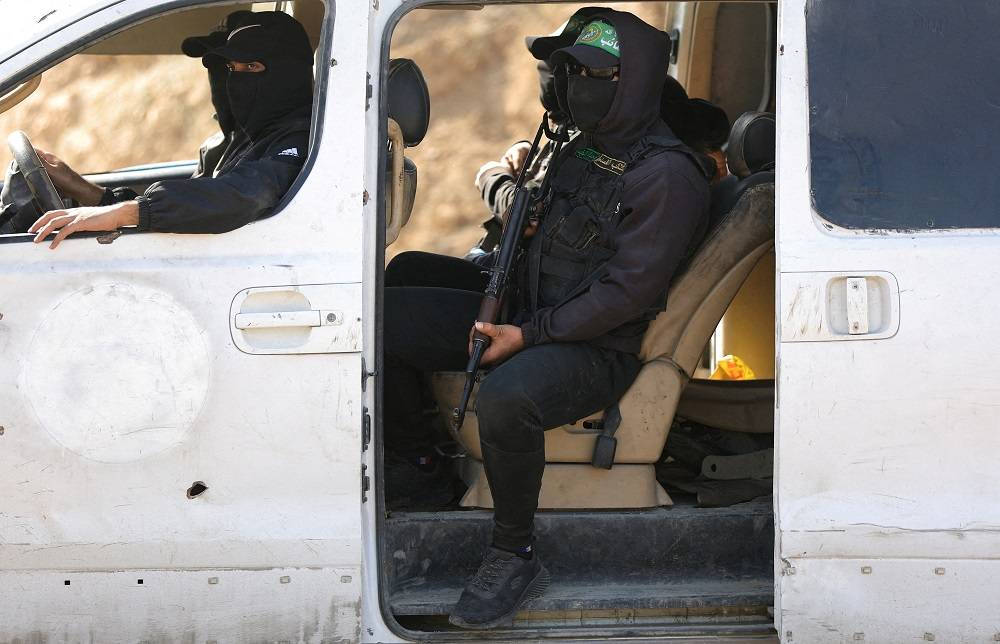The United States has handed Syria a list of conditions that it wants Damascus to fulfill in exchange for partial sanctions relief, six people familiar with the matter told Reuters, including ensuring foreigners are not in senior governing roles.
US Deputy Assistant Secretary for the Levant and Syria Natasha Franceschi gave the list of demands to Syrian foreign minister Asaad al-Shaibani at an in-person meeting on the sidelines of a Syria donor conference in Brussels on March 18, according to two of the people - a US official and a Syrian source familiar with the matter.
Reuters was first to report both the list and the in-person meeting, the first high-level direct contact between Damascus and Washington since US President Donald Trump took office on Jan. 20, has been previously reported.
Reuters spoke to six sources for this story, including two US officials, a Syrian source, a regional diplomat and two sources in Washington familiar with the matter. They all requested anonymity to discuss the high-level diplomacy.
Among the conditions placed by the United States are Syria's destruction of any remaining chemical weapons stores and cooperation on counter-terrorism, the two US officials, the Syrian source and both sources in Washington said.
Another demand was making sure foreign fighters are not installed in senior roles in Syria's governing structure, the US officials and one of the sources in Washington said.
Syria has already appointed some foreign ex-fighters, including Uyghurs, a Jordanian and a Turk, to its defense ministry - a move that alarmed foreign governments.
Washington also asked Syria to appoint a liaison to assist US efforts to find Austin Tice, the US journalist who went missing in Syria over a decade ago, according to the two US officials and both sources in Washington.
In return for fulfilling all the demands, Washington would provide some sanctions relief, all six sources said. One specific action would be a two-year extension of an existing exemption for transactions with Syrian governing institutions and possibly the issuance of another exemption.
The US would also issue a statement supporting Syria's territorial integrity, the source said.
Washington did not provide a specific timeline for the conditions to be fulfilled.
Syria's foreign ministry did not respond to requests for comments. A spokesperson for the State Department said the agency does not "discuss our private diplomatic conversations publicly." Department spokesperson Tammy Bruce last week said Washington was monitoring the actions of the interim rulers.
Syria is in desperate need of sanctions relief to kickstart an economy collapsed by nearly 14 years of war, during which the United States, the UK and Europe placed tough sanctions on people, businesses and whole sectors of Syria's economy in a bid to squeeze now-ousted leader Bashar al-Assad.
Some of those sanctions have been temporarily suspended, with limited effect. The US issued a six-month general license in January to ease the flow of humanitarian aid, but the move was not considered enough to allow Qatar to pay for public sector salaries through Syria's central bank.
Syrian officials including Shaibani and interim President Ahmed al-Sharaa have called for sanctions to be fully lifted, saying it is unjust to keep them in place following Assad's toppling by a lightning opposition offensive in December.
US SYRIA POLICY IN PROGRESS
The delivery of the demands is the clearest signal yet of the Trump administration's policy on Syria.
US statements have focused on support for minorities and condemnations of extremism but they have otherwise said little, leaving uncertainty over the future of sanctions and whether US forces will remain deployed in the northeast.
That is in part due to differing views in Washington on how to approach Syria. Some White House officials have been keen to take a more hardline stance, pointing to the new Syrian leadership's former ties to Al-Qaeda as reason to keep engagement to a minimum, according to diplomats and US sources familiar with the policymaking process.
The State Department has sought a more nuanced approach to Syria, including possible areas of engagement, the sources added.
The differences led earlier this month to a heated deliberation between the White House and State Department on US Secretary of State Marco Rubio's statement denouncing violence in western Syria, where hundreds of civilians from the Alawite minority - Assad's sect - were killed after an ambush on new security forces by armed loyalists to the former regime.
Rubio condemned "radical terrorists" that carried out the violence, and called for Syria's interim authorities to hold perpetrators accountable.
The White House sought a more harshly worded statement while the State Department pushed back to add more balance, sources familiar with the process said. Reuters reported last month that Israel was lobbying the United States to keep Syria weak and decentralized.
The administration is still not fully subscribing to Israel's effort to discourage US engagement with Syria's new rulers, sources said, but some of the Israeli concerns are gaining more traction with some US officials.











